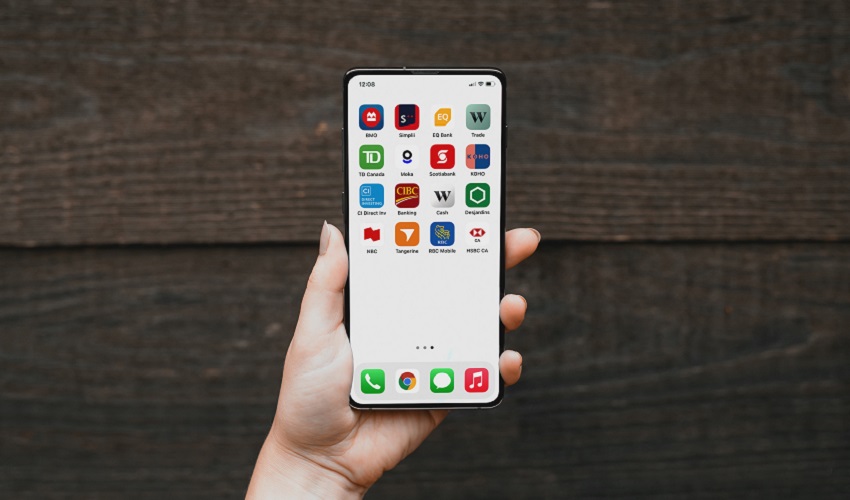Charles Perkins Centre researchers are leading the world in using the Glycemic Index (GI) as a game changer in weight control, type 2 diabetes and cardiovascular disease.
Lifestyle diseases have rocketed to epidemic levels in recent times – one Australian develops type 2 diabetes every five minutes, according to Diabetes Australia.
Could we delay or dodge these diseases – and prevent complications for people living with type 2 diabetes – simply by changing our diet and following a healthy lifestyle, with regular exercise?
The University’s Charles Perkins Centre and a University of Sydney spin-off not-for-profit The Glycemic Index Foundation have spearheaded a paradigm shift in approaches to healthy eating and lifestyle diseases that could motivate many people worldwide to change how they choose carbohydrate foods – cereal foods in particular.




